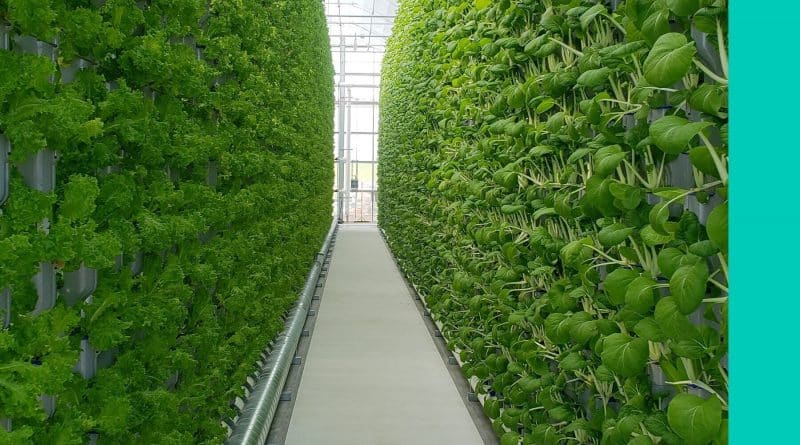Hydroponic Sytems Part 2 – Nutrient Film Technique NFT
This system is probably the simplest of any hydroponic system. It does not involve the use of timers to switch pumps off and on. The seeds need to be propagated first in a separate tray until they have a good enough root base to be placed in the system.
How does it work?
The equipment consists of long shallow trays which come with a long lid keeping the system enclosed. There are cutouts in the lid which is where the plants are placed. The plant sits in a plastic pot with slits to allow the roots to grow through them. They look like a smaller version of the inner pot used in flood and drain systems.
The trays are placed above a water tank and a pump is connected at one end to pump water into the trays. There should be a good gradient in the trays so that the water flows down the tray and back into the water tank. Typically the gradients used are 1:30 or 1:40 this stops water pooling in the depressions caused by uneven surfaces and roots. The idea is that the roots of the plants are continuously bathed in a nutrient-rich water supply and produce healthy, linear growing plants.
The name nutrient film is about the thin film of roots that will eventually form on the bottom of the tray. It needs to be a very shallow stream of water with only the base of the roots submerged; this allows the rest of the root to be open to the air and get the necessary oxygen required for growth.
The systems come in different lengths which can hold different numbers of plants. Essentially you can have any length of NFT system, however the longer the system the more chance that flow might be interrupted. Systems longer than 12 meters tend to get less growth in plants towards the end due to the nutrients in the water being taken up by the plants closer to the reservoir. However, this problem can be overcome by setting up another water supply along the length of the channel.
Problems
I have mentioned a couple of issues with NFT systems such as pooling of water and nutrient reduction in the water in long system setups. However, there are a couple more.
Pump Breakdown
As NFT systems only require a small, shallow water delivery the pumps used are not very powerful. They are also on all of the time meaning that they get a lot of action throughout the growth. This coupled with possible salt precipitation from the dissolved nutrients (especially in hard water areas) means that at some point the pump is likely to break down. If you can catch this quickly then apart from the cost of a new pump, there is no real problem for the plants. However, if this goes unnoticed it means that the roots will dry out very quickly and this will affect growth.
Disease
The plant roots are constantly submerged in water and this can lead to bacterial infections such as pythium. Pythium is better known as root rot and can decimate your crops if it is not detected early. There are products on the market that can eradicate this if you are unlucky enough to get it, but the best way is prevention. This can be achieved by changing the water reservoir periodically and adding preventative additives to the nutrient solution.
Stability
Heavy fruit-yielding plants can become unstable in an NFT system. This is due to the roots growing long and flat and not having a great deal of purchase. This causes the plant to become top heavy and they fall out of the trays – not ideal! This can be overcome by supporting the plants by using yo-yos, string,, or canes. This will give some stability to the plant and allow it to continue growing and bearing fruit without toppling over.
Summary
Even with the problems mentioned above these systems are a great way to demonstrate the use of hydroponics. They are an inexpensive system and great to use as an introduction to growing your produce at home.
Source by Sarah Pick




